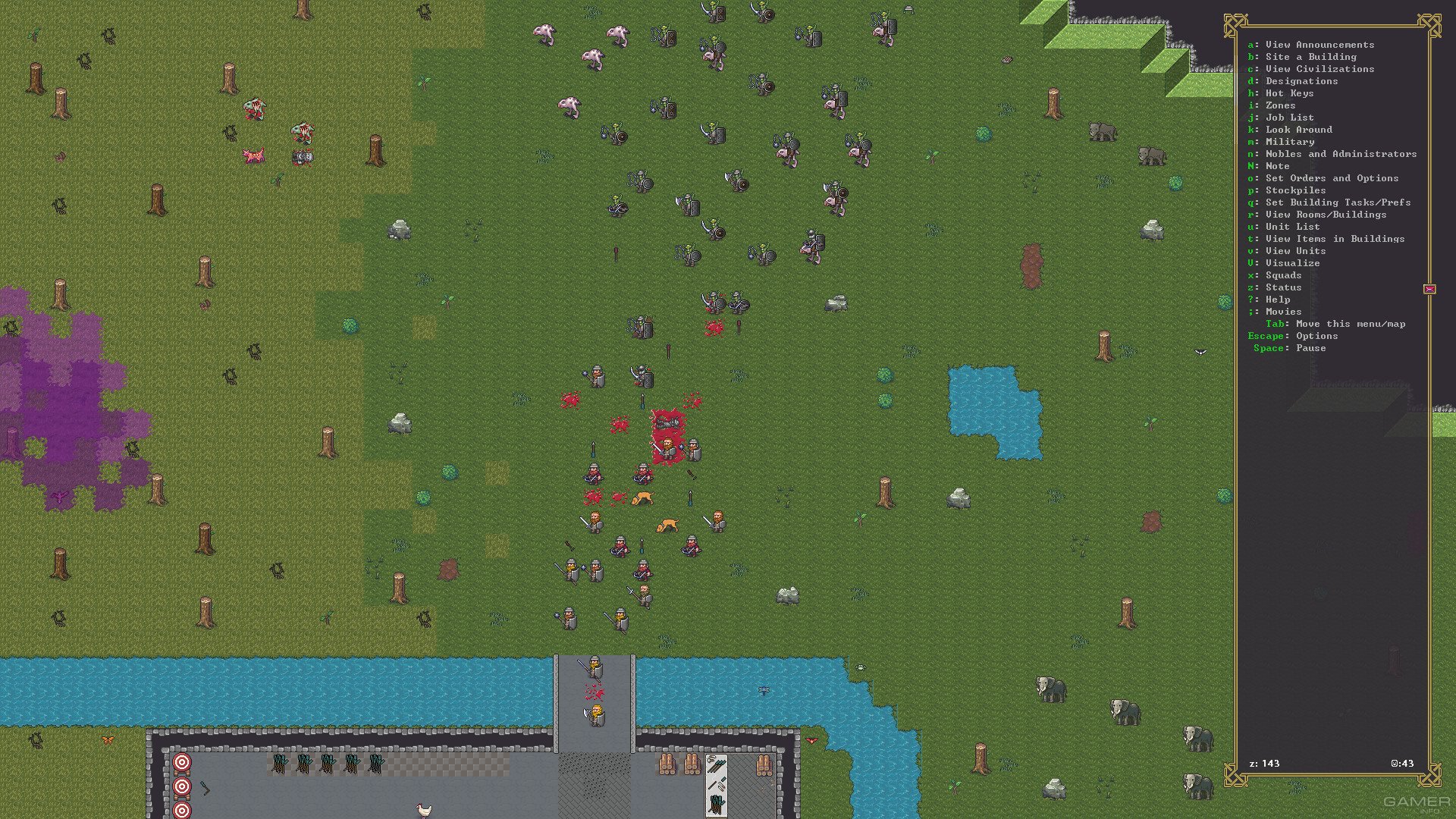
Engraved walls can also be carved into fortifications, but the engravings will be destroyed in the process. Smoothed walls are also a prerequisite for carving fortifications. The result will be high-quality engravings. One way to achieve this is to have a limited number of dwarves with the Stone Detailing labour active smooth large areas of the fortress until the dwarves are experienced, then, have those same dwarves engrave. Using only skilled engravers will result in higher room and fortress values. A wall can only be engraved once (for floors, there is a workaround). This increases the room's value, but, unlike smoothing, engraving has quality levels. The walls are "straight" and floors are "level".Īfter a natural stone surface is smoothed, it may be further improved by engraving. Also, surface shrubs seem to have trouble with muddied floors, being more sparse than on surrounding natural soil. Yes, muddied stone (and floor) supports only shrubs and grass, but not surface trees. Smoothed "natural" ice has different names than regular smoothed items. Dwarf Fortress > DF Dwarf Mode Discussion (Moderators: Toady One, ThreeToe) >. Note that this can only be done with natural stone - soil cannot be smoothed, and constructions are already considered to be smooth for most purposes. Designate the area to be smoothed ( d- s).

It is impossible to climb a smooth wall.Ī dwarf must have the Stone Detailing labour active. Walls and floors become Smooth Material Wall/Floor when smoothed. Smoothing rough stone is a simple way to increase the value of a room. The clay types listed at the bottom can be used for making ceramic items.

Soil layers marked with are capable of supporting an aquifer. Thus, they can rarely, if ever be encountered, in either fortress mode or adventurer mode. Unsmoothed room (left) and a smoothed one (right). The 3 'ocean floor' layers are only found under deep ocean tiles, usually far out from any embarkable site.


 0 kommentar(er)
0 kommentar(er)
